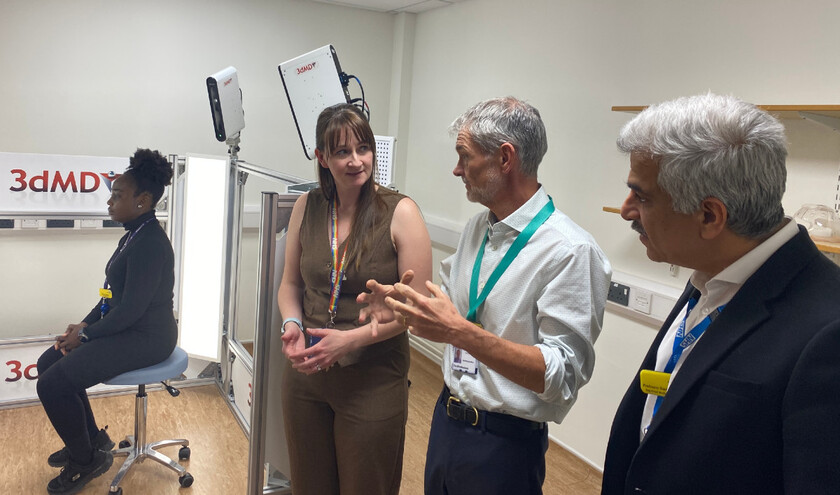North Bristol NHS Trust (NBT) opened a new centre for 3D scanning and printing in April, bringing together expertise for digital planning, design and manufacturing of prosthetics and custom medical devices.
Based in the Beckspool building, in Frenchay, the centre is the first in the UK to bring 3D scanning, design and printing together in one NHS location. The centre provides scientific and technical support to NBT and University Hospitals Bristol and Weston NHS Foundation Trust, to the South West region and the rest of the UK.
Amy Davey, senior reconstructive scientist, joined the trust in 2013 to help bridge the gap between industry and healthcare. She says: ‘They enabled me to have a position within the hospital where I sort of job shared with engineering company Renishaw, and was able to learn about what worked in engineering and aerospace, and how we could apply that into what we do in our prosthetics world and our custom medical devices.'
When Davey became the manager of the lab, she pushed forward the idea that the hospital would benefit from having a centre of full 3D design and technology.
‘In terms of prosthetics, the way in which we used to get replicas of people to make our prosthetics was manual - applying materials to people's faces and bodies, allowing them to set, peeling them off and making plaster of Paris casts. With our 3D technology, we're able to scan that person and able to then 3D print parts.'
Davey adds: ‘We are enabling our surgeons to plan what they would like to do in the operating theatre, they can do that digitally first and try ways that they would never really do in real life.'
With certain procedures, the centre can create 3D templates and guides to help surgeons identify which bits they would like to cut or move or manipulate.
The service saves surgeons ‘quite a lot of time', says Davey, and saves the patient the lengthy anesthetic that might be needed if they were planning the procedure on the spot. It could also potentially help prevent subsequent operations or appointments, because the plan could be to do multiple things at once.
The centre, which is expected to see around 250-280 patients a year, is located in a ‘generously spaced unit' and has the potential to expand. ‘We're looking at helping the services within our own hospital to streamline processes,' says Davey.
In addition, the centre will be putting together training programmes in 3D technology for internal staff and those across the region to help demystify the technology.
Davey says: ‘We're looking to get some different types of 3D printers that might be, for example, different materials like metals, or perhaps even bio printing.'
She hopes that the centre will be able to act as a guide for the NHS. ‘A lot of the time, NHS services don't want to invest in something that isn't a sure-fire way of working, as any other business would,' Davey explains. ‘But if we can provide that business model and show how useful it would be in other regions.'



